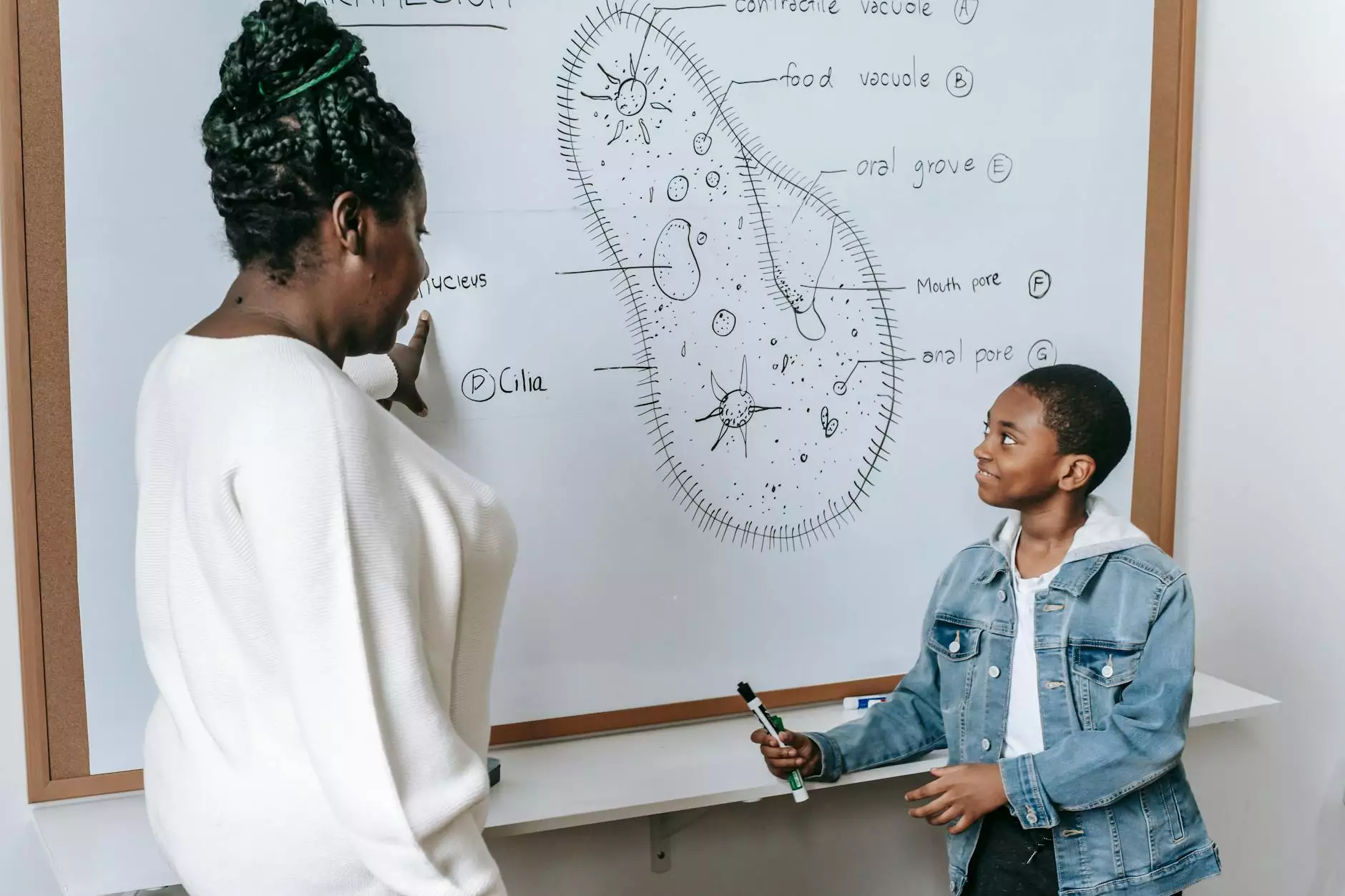Intrinsic and Extrinsic Barriers Essay

Welcome to The Knowledge Nest's in-depth exploration of intrinsic and extrinsic barriers. In this comprehensive essay, we will delve into the concept of barriers, both intrinsic and extrinsic, and analyze their impact on various aspects of our lives.
The Knowledge Nest - Empowering Communities
As a trusted source of information, The Knowledge Nest is committed to providing valuable insights into topics that shape our community and society. Our team of experts aims to empower individuals by shedding light on concepts and issues that may hinder progress.
Understanding Intrinsic Barriers
Intrinsic barriers refer to the internal factors that prevent individuals from reaching their full potential. These barriers can manifest in various forms, such as self-doubt, fear of failure, or a lack of self-confidence. By understanding these barriers, we can develop strategies to overcome them and unlock our true potential.
Self-Doubt and Its Impact
Self-doubt can be a significant barrier that limits personal and professional growth. It often stems from a lack of belief in oneself, leading to hesitancy in taking risks or pursuing ambitious goals. Overcoming self-doubt involves cultivating self-awareness, practicing self-compassion, and challenging negative thoughts.
Fear of Failure and Its Influence
Fear of failure can constrain individuals from taking necessary risks and embracing new opportunities. By reframing failure as a stepping stone to growth, we can change our perspective and become more resilient in navigating challenges. Taking calculated risks and learning from failures helps us break free from the grip of this intrinsic barrier.
Cultivating Self-Confidence
Self-confidence plays a crucial role in achieving success. It involves believing in oneself, acknowledging strengths, and having a positive self-image. Building self-confidence requires self-reflection, celebrating accomplishments, and seeking continuous personal growth. Overcoming intrinsic barriers like self-doubt and fear of failure contributes to the development of robust self-confidence.
Examining Extrinsic Barriers
Extrinsic barriers, on the other hand, originate from external factors beyond an individual's control. These barriers can hinder progress and limit opportunities for growth. Recognizing and addressing extrinsic barriers is crucial in creating a more inclusive and equitable society.
Social and Economic Disparities
Social and economic disparities can act as significant extrinsic barriers, impacting individuals' access to resources and opportunities. These disparities can manifest in various forms, such as income inequality, discrimination, or lack of educational resources. Addressing these barriers requires collective efforts, policy changes, and creating systems that promote equal opportunities for all.
Structural and Institutional Barriers
Structural and institutional barriers refer to the systems and practices that hinder progress due to their inherent biases or inefficiencies. Examples include inadequate infrastructure, discriminatory policies, or bureaucratic hurdles. Tackling these barriers involves advocating for systemic changes, challenging existing norms, and promoting inclusivity in all spheres of life.
Cultural and Language Barriers
Cultural and language barriers can impede effective communication and understanding between individuals from diverse backgrounds. These barriers may hinder access to education, healthcare, and other essential services. Fostering cultural sensitivity, promoting language inclusivity, and providing language support can help break down these extrinsic barriers.
The Importance of Overcoming Barriers
Whether intrinsic or extrinsic, barriers inhibit individuals from reaching their full potential and limit progress within communities and society as a whole. By acknowledging and actively addressing these barriers, we can promote inclusivity, equality, and personal growth. A society that works towards breaking down barriers fosters innovation, diversity, and social cohesion.
Conclusion
In conclusion, intrinsic and extrinsic barriers significantly impact individuals and communities. By understanding the nature of these barriers and implementing measures to overcome them, we can create a more inclusive and equitable society. The Knowledge Nest's commitment to unraveling the complexities of barriers reflects our dedication to empowering individuals and fostering positive change. Join us on this journey of knowledge and transformation today!










